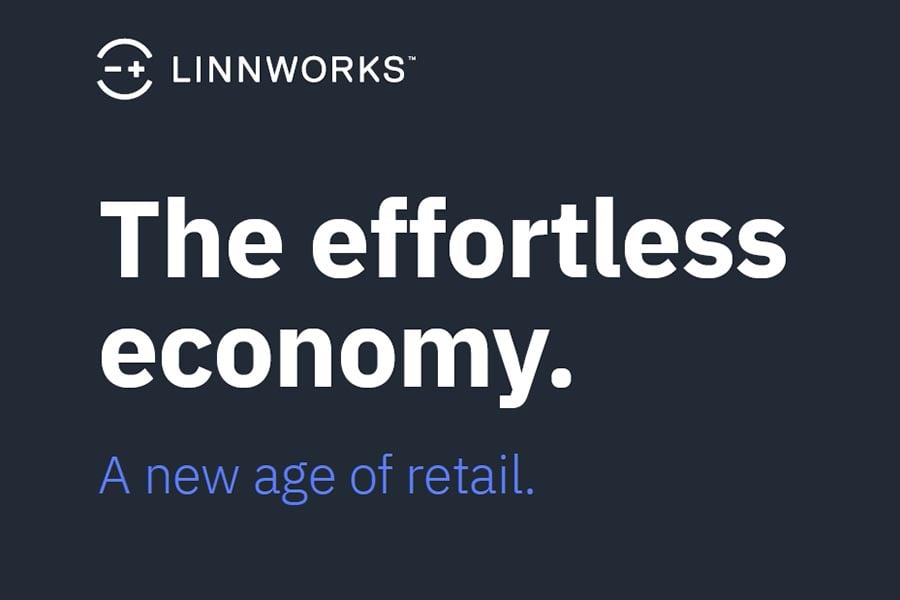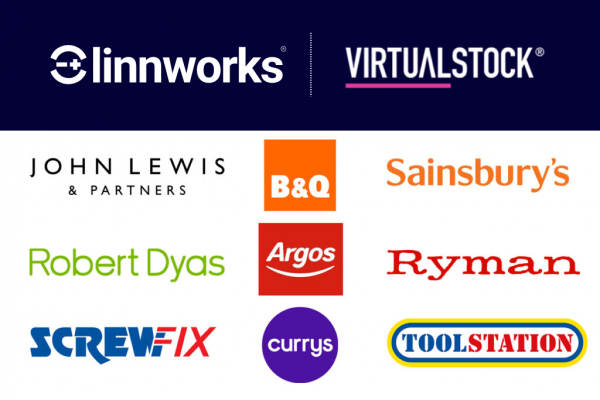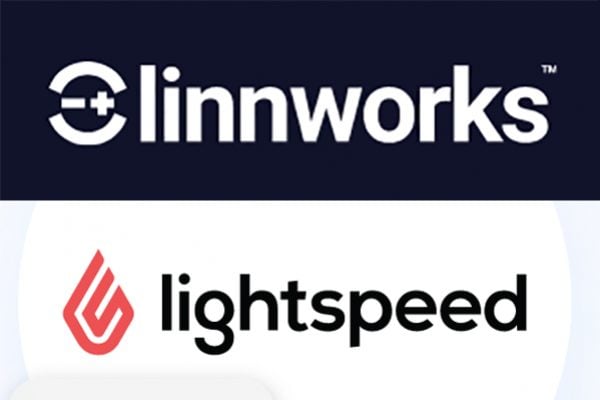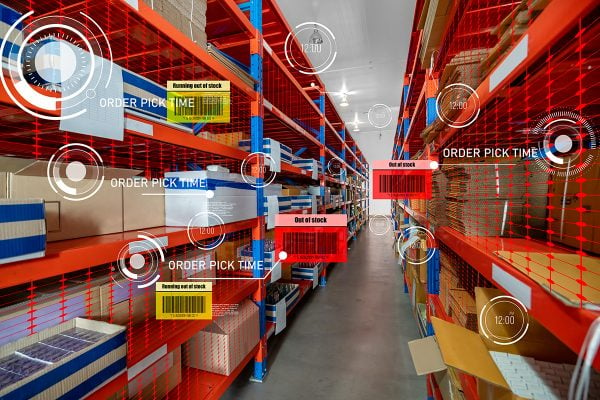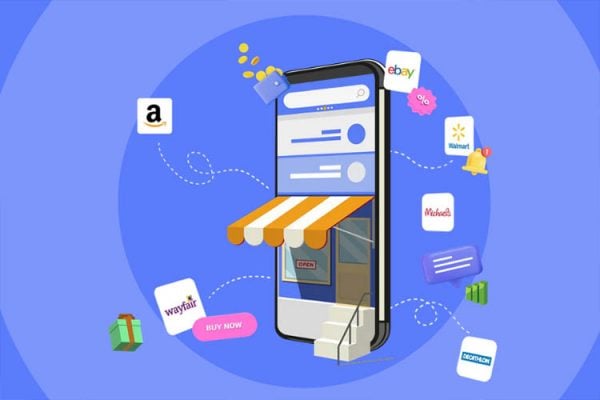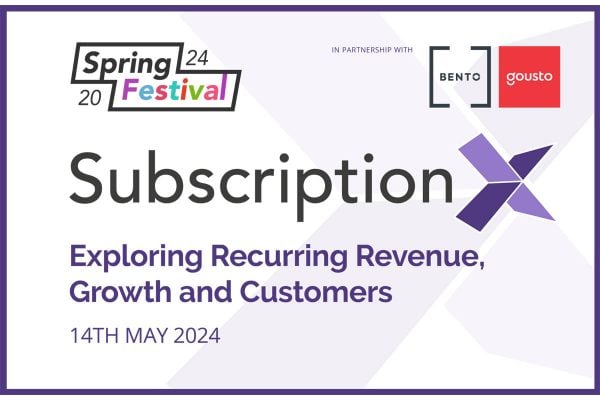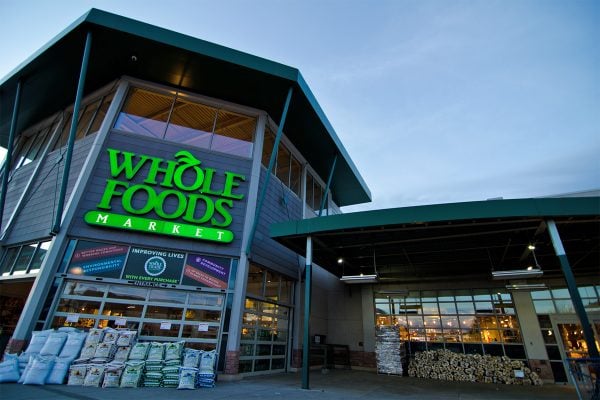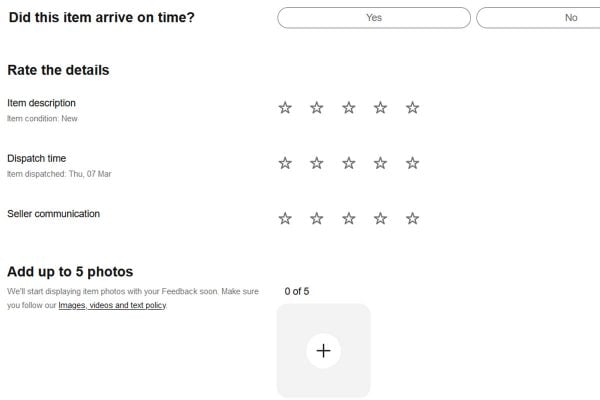Linnworks have just released new findings from an international consumer study, which outlines consumer expectations with the rise of digital-first retail experiences. According to the report, “The Effortless Economy: A New Age of Retail” 74% of consumers desire effortless shopping experiences that integrate into their daily activities. Once driven almost exclusively by price, today’s consumers are increasingly influenced by convenience and ease of purchase, which rank higher as purchase decision-making factors compared to product reviews, product selection, or brand reputation.
“The pandemic has changed commerce as we know it. Our data shows that 79% of consumers agree that commerce is more integrated into their lives today than just one year ago. Today, it’s imperative that brands are visible wherever their customers spend time online and provide a flexible, frictionless experience at every point in the customer journey.”
– Callum Campbell, CEO, Linnworks
The report details different aspects of how consumers shopping habits have changed and is a superb guide as to what you need to do to offer effortless shopping experiences that they will love.
You can download the full effortless shopping experiences report here.
Convenience is Key: Even After the Pandemic, Shoppers Will Stay Online
For today’s shoppers, convenience reigns supreme, as 76% of consumers cite convenience as a top priority when it comes to online shopping. Perhaps most surprisingly, 78% say they value ease and convenience now more than they did prior to the COVID-19 pandemic. While consumers plan to return to stores to some degree, e-commerce will continue to serve as a preferred method of shopping for most. In fact, 74% say the majority of their shopping will be done online moving forward because it is convenient. And flexible shopping options introduced by retailers due to the pandemic have been so convenient that 84% expect brands to keep services like buy online, pick-up in-store (BOPIS) and curbside pick-up long-term.
Frictionless for the Win: From Facebook to Your Front Door
In terms of what constitutes convenience, 81% of consumers expect brands to offer seamless purchasing across devices, and 51% say they have abandoned a purchase due to having to restart their order on a separate device. Simultaneously, the number of platforms that consumers alternate between while shopping is only growing — and social media is increasingly important in converting sales. In fact, 35% of consumers have made a purchase directly through a social media platform and 27% say they haven’t yet but would try it. When it comes to the final steps in the online purchase journey, 95% of consumers say shipping factors into their overall purchase decisions. While 61% say they are more willing to shop with brands that offer next-day delivery, communication is ultimately key, as 72% say they have abandoned a purchase due to lack of transparency around shipping.
Payments Unlock Potential: How They Pay Impacts How Much They Spend
New payment options offer even more flexibility and accessibility. In fact, 28% of consumers say they have utilized a buy-now, pay-later option when shopping online and 24% say they’re open to the idea. Of those who have used flexible payment options, 89% say it makes purchasing decisions faster and easier. Flexible payment options promise even more growth in e-commerce as consumers opt to purchase larger ticket items online — as 70% admit to making an impulse purchase due to having flexible payment options available. What’s more, 84% say they are more willing to buy big-ticket items if given flexible payment options. Now and in the future, consumers expect brands to offer flexible payment options and 79% are more likely to shop with brands if they do.
The Future of Connected Commerce: The Marketplace Lesson
For consumers, online marketplaces have become the shopping malls of the 21st century. In fact, 91% now start their shopping journey directly on an online marketplace; however, 44% admit they’ve abandoned an online marketplace because they were overwhelmed by options. On the flip side, direct-to-consumer (D2C) models also provide consumers with shopping experiences they crave, as nearly half (49%) have purchased from a D2C brand in the past six months and 76% would prefer to shop with their favorite brand directly if they were able to offer the same conveniences as an online marketplace.
